Top 10 Best Sonic Games
Go, Go, Go, Hedgehog, It’s Your Birthday 28 years! It’s been 28 years since the release of Sonic the Hedgehog on the Sega Mega Drive. Over the past couple of […]
 Select-Start VG
Select-Start VG
Gaming Interviews | News | Reviews
Go, Go, Go, Hedgehog, It’s Your Birthday 28 years! It’s been 28 years since the release of Sonic the Hedgehog on the Sega Mega Drive. Over the past couple of […]
28 years! It’s been 28 years since the release of Sonic the Hedgehog on the Sega Mega Drive. Over the past couple of decades, we’ve seen some of the best games that Sonic has to offer.
While he’s had his ups and downs, the future for Sonic looks brighter than ever with new titles on the horizon. Announced at E3, Mario & Sonic at the Olympic Games 2020 will be heading to Nintendo Switch next year also followed by Tokyo 2020 Sonic at the Olympic Games which is Sonic’s solo take on the Olympics for iOS and Android.
Also confirmed by Takashi Iizuka, a new mainline Sonic game is in production by Sonic Team. We hope (fingers crossed) it will be a better offering than Sega’s last game in the franchise, Sonic Forces.
Not to forget, we also have the Hollywood movie to look forward to… yeah, I’ll move on.
We take a look back at ten of the blue blur’s best games.

Released in 2003, Sonic Heroes was one of the first big games from Sega after transitioning from a first to a third-party company. You play through four different story modes consisting of three characters. Team Sonic; Sonic, Tails and Knuckles. Team Dark; Shadow, Rouge and E-123 Omega. Team Chaotix; Vector, Espio and Charmy. Team Rose; Amy, Cream and Big. Each section of the level required you to use a specific character to progress further in the stage. Sonic had his homing attack to cross gaps; Tails had the ability to fly to high places and Knuckles could use his fists to break through walls. Other characters imitated these styles of attacks, so gameplay was virtually the same across all teams. The initial concept of having a team was an interesting mechanic, but it was executed poorly. Most of the time, you will just want to speed through the level, so you will end up mainly using Sonic and only switching to another character for a specific part. Nevertheless, it was a good Sonic game and it was commercially successful, shifting over 3.41 million copies worldwide.
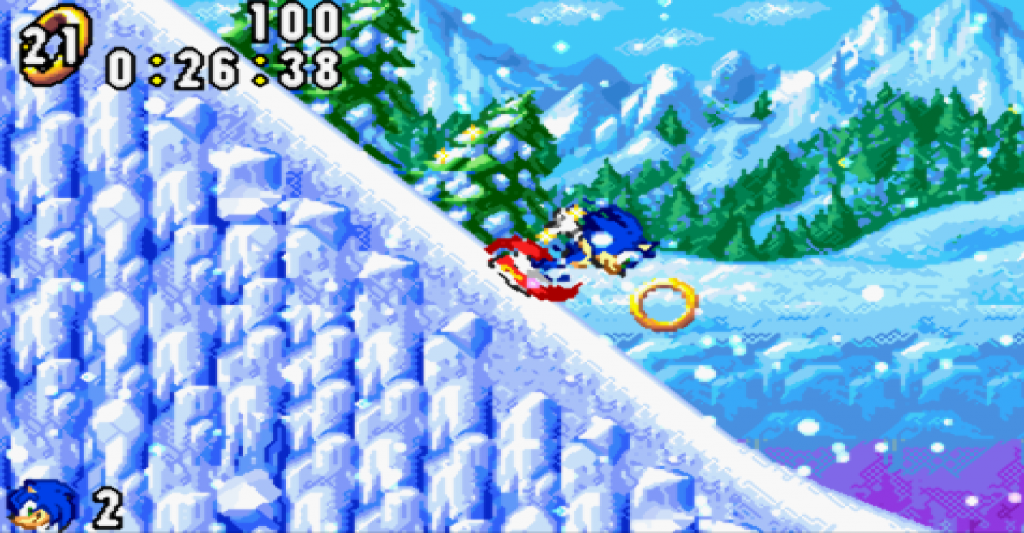
2001 was a dark year for Sega. This was the year that the Dreamcast had been discontinued and the final batch of games were getting released. The silver lining was that they had shifted their software to third-party and Nintendo was first on the list to get a new Sonic game. Released on the Gameboy Advance, this took Sonic back to its side-scrolling 2D roots in an all new adventure. The graphics were very good for its time. Bearing in mind that the GBA was also released in 2001 and this would have been one of the earliest waves of games for the handheld. Character animation was fluid and each stage had its own personal charm. Replayability was also there. As you played through the story, you would unlock more characters which had their own unique set of skills which opened up more paths. Players were shocked that a Sonic game was on a Nintendo console and actually played decent.

Sonic Rush is one of hedgehog’s hidden gem that tends to get overlooked on most lists. Developed by Yuji Naka and other Sega veterans for the popular Nintendo DS, this was one of the best platformers on the go. Other than playing as Sonic, you could select newcomer to the series, Blaze the Cat. She’s just as fast as Sonic but leaves behind a fiery trail. This was the first game to introduce the boost mechanic which is still used today in modern Sonic games. In Sonic Rush, the player will have to perform tricks to fill up the boost gauge so Sonic or Blaze can activate boost mode. It was a neat mechanic which added another layer to the already fast paced action. The soundtrack was composed by Hideki Naganuma, composer of Jet Set Radio Future, which is why Sonic Rush has such a funky vibe.

A game that was critically panned on release but fans would grow to love over the years. The game sees Sonic travelling across the world, which are based on real life locations. My personal favourite was Chun-Nan, which is based on China. You would see Sonic blitz down the great wall, run though dragon shaped structures and take a ride on a Chinese firework. Every stage had its own personality and it’s what made Sonic Unleashed so memorable. We can’t talk about this game without mentioning the ‘Were-Hog’. In the story, Sonic transforms into a werewolf like beast and this splits the gameplay into two different styles. The day stages are where you play as regular Sonic which is a mixture of both 2D and 3D action gameplay. At night time you play as Sonic’s Were-hog form. This is more reminiscent of a beat em up style gameplay. The night time stages are what bring this game down unfortunately. The gameplay is slowed down considerably, there is no depth to the combo system so it gets old fast. By the end of it, you’re just waiting until the next day stage to start. Despite this, the game is considerably fun and it was one of most innovative Sonic games of recent years.
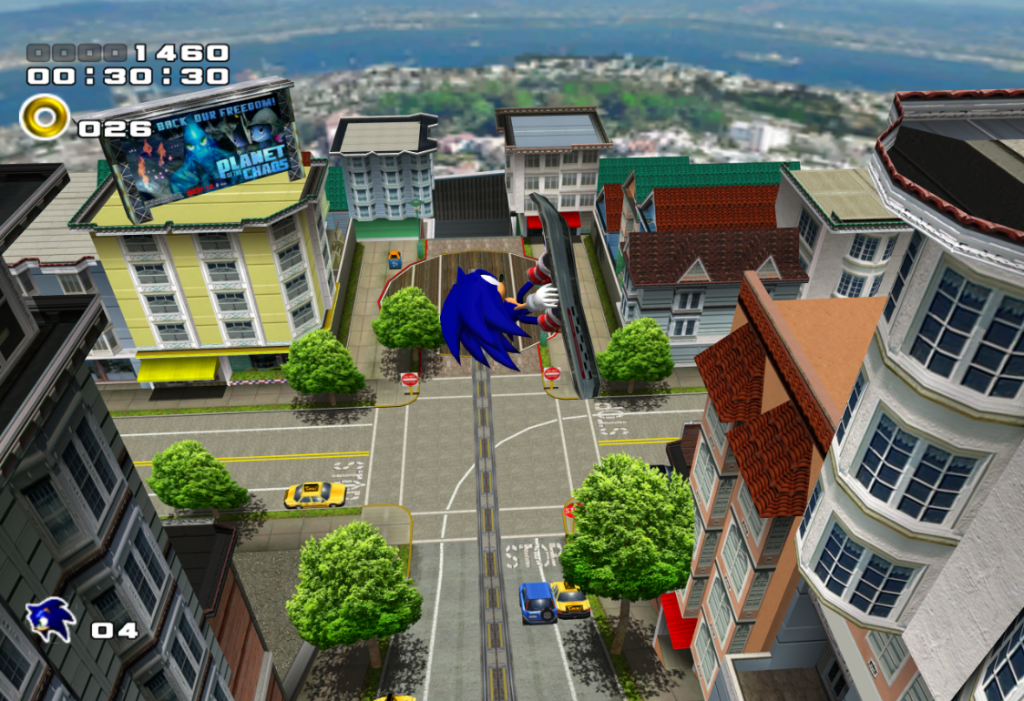
Sonic Adventure 2 was the last Sonic game for the Sega Dreamcast. The level of hype around this game at the time was extremely high and this was during the Dreamcast’s dying days, so it was a bittersweet ending for the console. Gameplay wise, this game switched up the formula. Instead of selecting individual characters like the previous game, the story was divided into two teams giving a different perspective on the stories outcome. Team Hero which included Sonic, Tails and Knuckles and Team Dark which was Shadow, Rouge and Robotnik. Sonic and Shadow had you running through fast paced action stages to get to the goal. Tails and Eggman were confined to their mechs so it was more like a slow shooter. Knuckles and Rouge stages had you treasure hunting around an open area to find three pieces of the Master Emerald. Almost every stage was memorable and that was thanks to the brilliant catchy soundtrack. I have not met a person yet who does not know the lyrics to City Escape. Add all of this with the highly addictive Chao garden and you’ve got yourself one hell of a game.
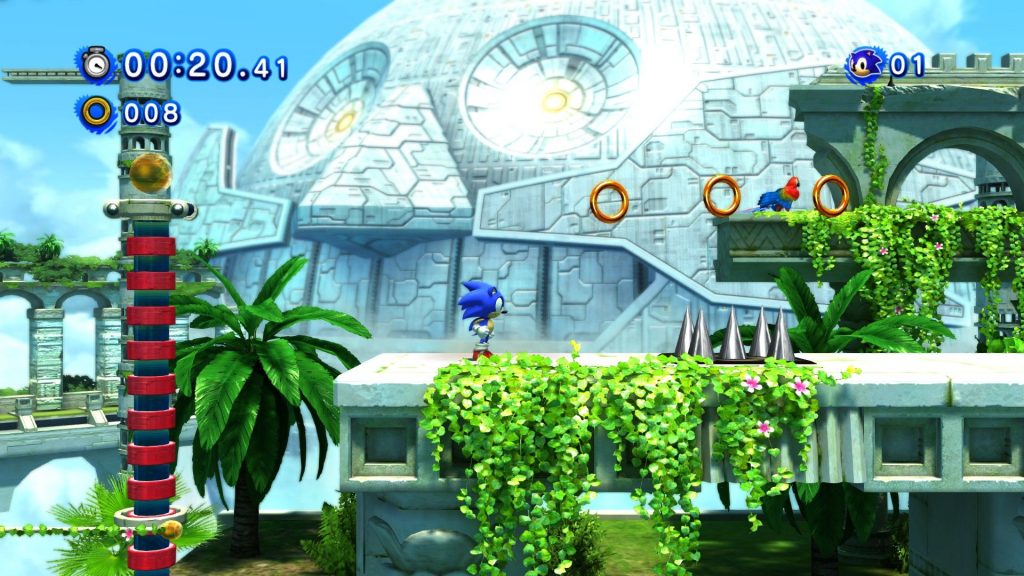
Released on Sonic’s 25th anniversary, Sonic Generations was the game fans had been clamouring for. This introduced [or marked a return of] ‘Classic Sonic’. A younger, rounder, silent version of Sonic, alongside the current modern Sonic. Players would start off Act 1 as Classic Sonic. This is the side-scroller platforming style gameplay that 90’s kids would know and love. Act 2 would switch to Modern Sonic where the gameplay style was a mix of both 2D and 3D giving the player more of a high speed-esque gameplay. There were nine stages which were pulled back from previous Sonic games and given a modern update. The soundtrack remixed the old 16-bits tracks and brought it into a modern era. There were also some very obscure tracks that only the die-hard Sonic fan would notice. The game was essentially just a big love letter to fans who stuck by the series.
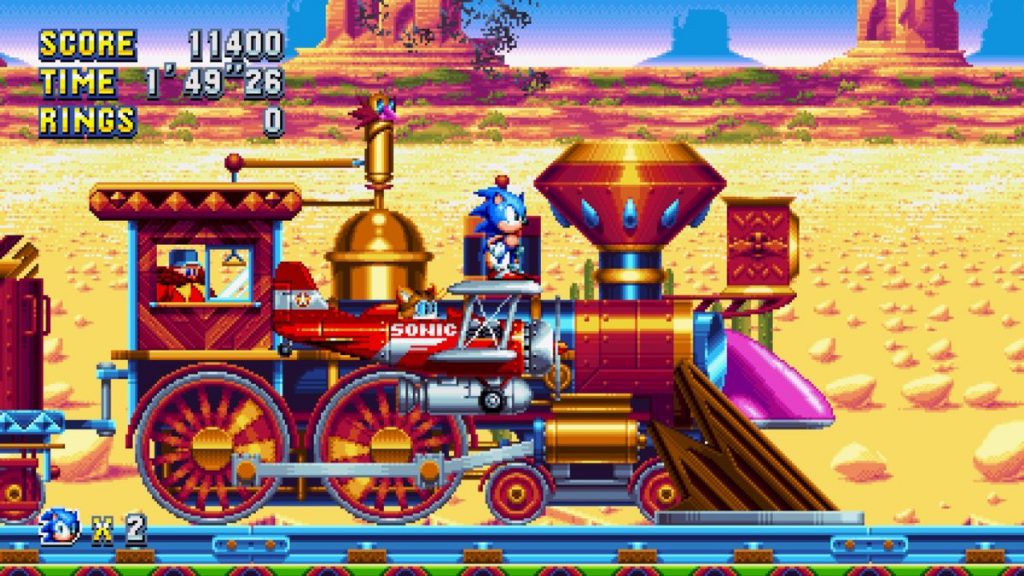
In 2016, Sega shocked the world by announcing Sonic Mania on a very buzzy 25th anniversary stream. This saw Sonic return to the classic 16-bit style that older fans would come to know and love. Created by Christian Whitehead and Simon Thomley (Taxman and Stealth). They are most notable for remastering Sonic 1 and Sonic 2 on mobile devices and also their very own Sonic fan made games. Also, alongside them was music composer Tee Lopes, who provided the extraordinary soundtrack for Mania. Stages from past games would appear as well as brand new entries to the series. Players could choose from the usual Sonic, Tails and Knuckles trio, but also introduced in later DLC were fan favourites Mighty the Armadillo and Ray the Squirrel. This was truly a game that was perfectly crafted and it shows as it is currently the highest rated Sonic game on Metacritic.

Do you have an older brother or sister? If so, chances are you spent most of the time playing as Tails doing all of the legwork while Sonic casually stands behind watching you. Released in 1992, the Mega Drive was on top of its game. Sonic was introduced the year before and managed to capture its own fanbase so fans were excited more than ever for the sequel. This introduced us to Sonic’s new fox buddy ‘Miles Tails Prower’. This also gave us the introduction to the hedgehog’s legendary signature move the ‘Spin Dash’. This had players hold down and tap one of the buttons frantically to charge up and slingshot Sonic into a ball taking out enemies in his path. Also, this is the first time we see the appearance of ‘Super Sonic’. Once the player collects all the chaos emeralds, Sonic will turn yellow and become invincible and will move twice as fast. Sega had a brilliant move, that was to bundle up Sonic 2 with a Mega Drive console and discount it. Sure enough, it sold like hot cakes and it helped Sonic reach the level of popularity to compete with Nintendo’s Super Mario.
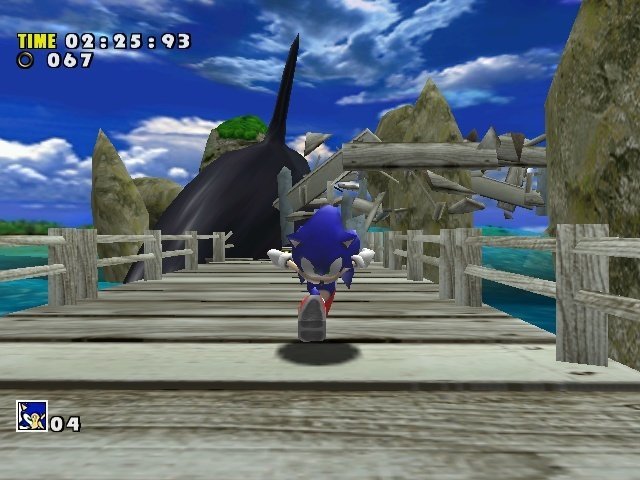
Sonic Adventure for the Dreamcast, touted as one of the best-selling Dreamcast games of all time, shifting 2.4 million copies. I still remember the day my dad took me to Toys R Us and they had a demo unit for Sonic Adventure and being blown away by the graphics. Though it may play terrible today, this was the first game that Sonic transitioned into 3D which was an enormous feat. Every character had their own story and gameplay style. Granted there were some strange choices (Big the Cat’s Fishing Adventures) but strangely all the gameplay sort of melded together and was quite enjoyable experience. The music genre took a more rock and roll approach which seemed to fit Sonic’s personality. Memorable soundtracks that spring to mind are Open Your Heart, Red Hot Skull, It Doesn’t Matter… I could go on, just know it was good.
You can’t mention Sonic Adventure without talking about the highly addictive Chao garden. You raise these cute little creatures starting from an egg and feed them animals and fruits to grow stronger à la Tamagotchi. Not only was that impressive, you could also upload your Chao to the VMU (Dreamcast Memory Card) and raise it on the go in real life! This was such an innovative idea at the time and it’s a shame that we don’t see that level of creativeness today.
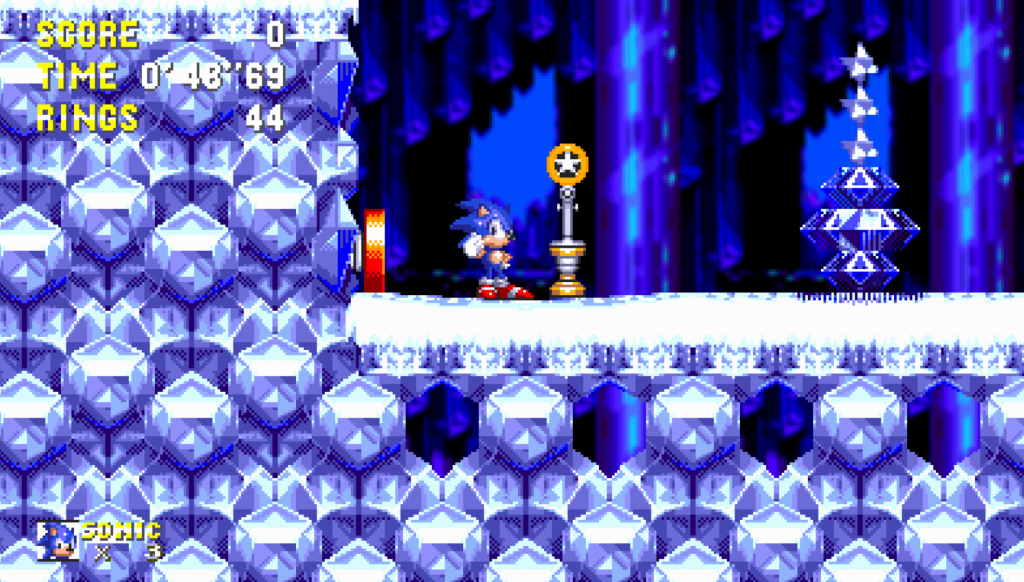
While technically the two games are separate, they were both considered to be a full game during development, so I will let this one slide. After perfecting the formula from the previous two games, Sonic 3 & Knuckles managed to tick all the right boxes. First off, as always, the music is top notch. Although this soundtrack is special as the composer was none other than the king of pop, Michael Jackson. This brought about a whole number of catchy tunes which is still engraved into our brains today. Sonic 3 also marked the first appearance of Knuckles. A hot headed red echidna who is tricked by Dr. Robotnik and mistakes Sonic as the bad guy. When inserting Sonic 3 into Sonic & Knuckles with it’s patented ‘lock-on’ technology cartridge, players could actually select Knuckles and go through the game with stages specifically designed around him. This game perfected the formula on the previous games which came before it. More special stages, more interesting mechanics and more replayability with three characters. Which is why it takes our number one spot.
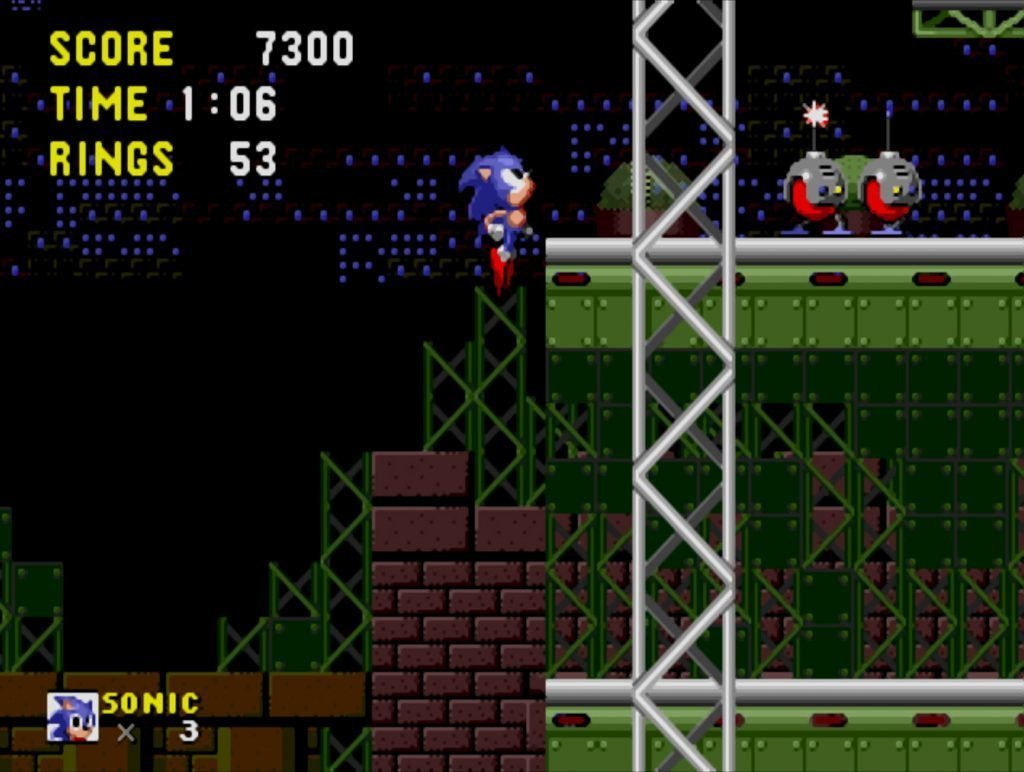
While I couldn’t fit this game on the list, I would be kicking myself if I didn’t mention it. The game where it started it all, Sonic The Hedgehog on the Mega Drive/Genesis, released on June 23rd 1991. Instead of being a clone of Mario, Sonic was about speed and clearing the stage as fast as possible. While platforming elements were still there, you could choose to explore the stage if you wanted to. For the first entry into the series, the level design was solid. Sections allowing Sonic to pick up speed but then stopping him to cross a platform. It had just the right amount of platforming and speed. The soundtrack was also memorable, right from the iconic opening Green Hill Zone down to the starry city of Starlight Zone, the 16-bit soundtrack was quite ahead of it’s time.